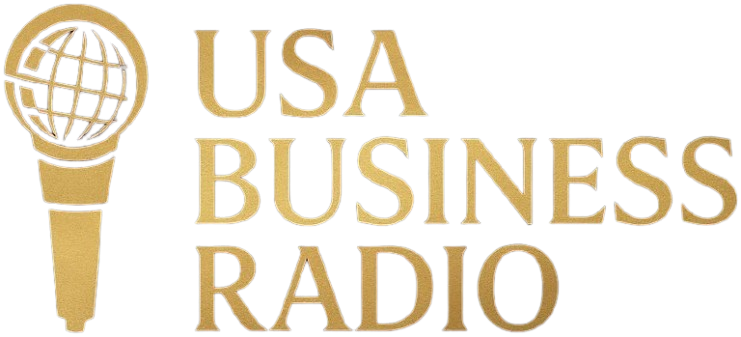A dripping tap. An air conditioner making a strange sound. A door needs oil on its hinges. If keeping a house updated is difficult, imagine how hard maintenance is for those who work as facility managers in schools, healthcare facilities, production plants, and so on.
Keeping up with the demands of increasingly robust workflows can be challenging, and facility managers are responsible for implementing improvements to account for accelerated maintenance requirements.
Reforming day-to-day procedures is the most practical way to achieve an efficient maintenance operation. Moving from triage repairs to preventing equipment and utility faults can improve productivity, extend machine shelf life, and help companies save money—an inefficient maintenance operation can increase costs up to four times.
1) Missing Repair Procedures
Missing repair opportunities is a direct consequence of inefficiency in organizing work schedules. Failure to properly maintain utilities and machinery can cause significant problems in the long run, as a component that doesn’t receive proper preventive maintenance will decline at an accelerated rate.
Adopting modern scheduling techniques can help you with this, and the simplest way to do this is with work order maintenance software.
This software allows you to schedule organized maintenance steps quickly, monitor completed services, analyze asset statuses, and issue important digital notifications.
2) Booking Confusion
Some facilities still use outdated analog databases to delegate technicians and schedule repairs. This system type can work reasonably well with small operations. But the bigger the company (and the responsibilities), the more critical the need to modernize the repair organization.
Paperwork is slow and impractical in conveying vital maintenance information. This archaic process can lead to fundamental errors, such as delegating incompatible tasks or double-booking. Ultimately, human verification of documents is a laborious bureaucratic process.
Converting to digital platforms helps to improve efficiency, avoid unnecessary tasks, and reduces the need for human verification. CMMS systems are mobile-friendly, eliminating the need to fill and load paper documents and spreadsheets.
3) Tracking Maintenance History
Another problem that most facility managers face is forming specific equipment histories. Do you know when your machines and equipment were last repaired? Or which components and utilities require more frequent preventive maintenance?
Monitoring asset maintenance history is the most rational way to save costs and ensure internal efficiency. It’s vital to adopt systems that allow data to be entered and analyzed more quickly. Tracking maintenance history helps to maintain asset integrity and inform facility managers of component efficiencies.
4) Incurring Costs
With mechanical degradation and usual wear come maintenance costs. Some prefer waiting for machinery to start presenting problems to repair these issues. However, reacting to instead of preventing failures increases costs.
A thorough preventative maintenance system can extend asset life. This practice allows you and your team to perform routine checks and planned maintenance to ensure machinery longevity, reducing the need for new utility purchases and generating substantial savings.
To practice effective preventative maintenance, be sure to maintain and review equipment budgets to reflect changing costs. Keeping tabs on maintenance liabilities helps facility managers identify areas for improvement through identifying affordable component alternatives, acquiring less expensive suppliers, or pursuing wholesale purchasing opportunities.
5) Complying with Regulations
In any industry, maintaining a facility involves a series of compliance requirements. Adequate maintenance procedures must consider fire, health, and environmental safety regulations.
Enacting health and safety protocols provides a safer working environment for everyone, but it’s not an easy task. According to the U.S. Chamber of Commerce Foundation, in 2013, the Federal Register of rules and regulations totaled more than 150 thousand pages.
The only way to ensure your company is following current standards is to generate routine and understandable reports on each safety regulation. Management can derive maintenance budget details based on these records.
Work order maintenance software can assist with report generation. It’s possible to guarantee a more efficient step-by-step compliance through digital records and compile data to render annual or periodical analyses.
Update Your Preventive Maintenance
A facility manager’s responsibility to ensure preventive maintenance never ends. The number of challenges can be overwhelming.
Refining systems is the best solution for companies to improve preventive maintenance efficiency. Failures in this sector can significantly impact company budget, with severe implications caused by interrupted or incomplete maintenance procedures.
Software and mobile applications for work order maintenance are useful for avoiding communication failures between departments, incorrect services, and delays in basic operations.




